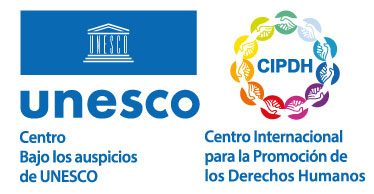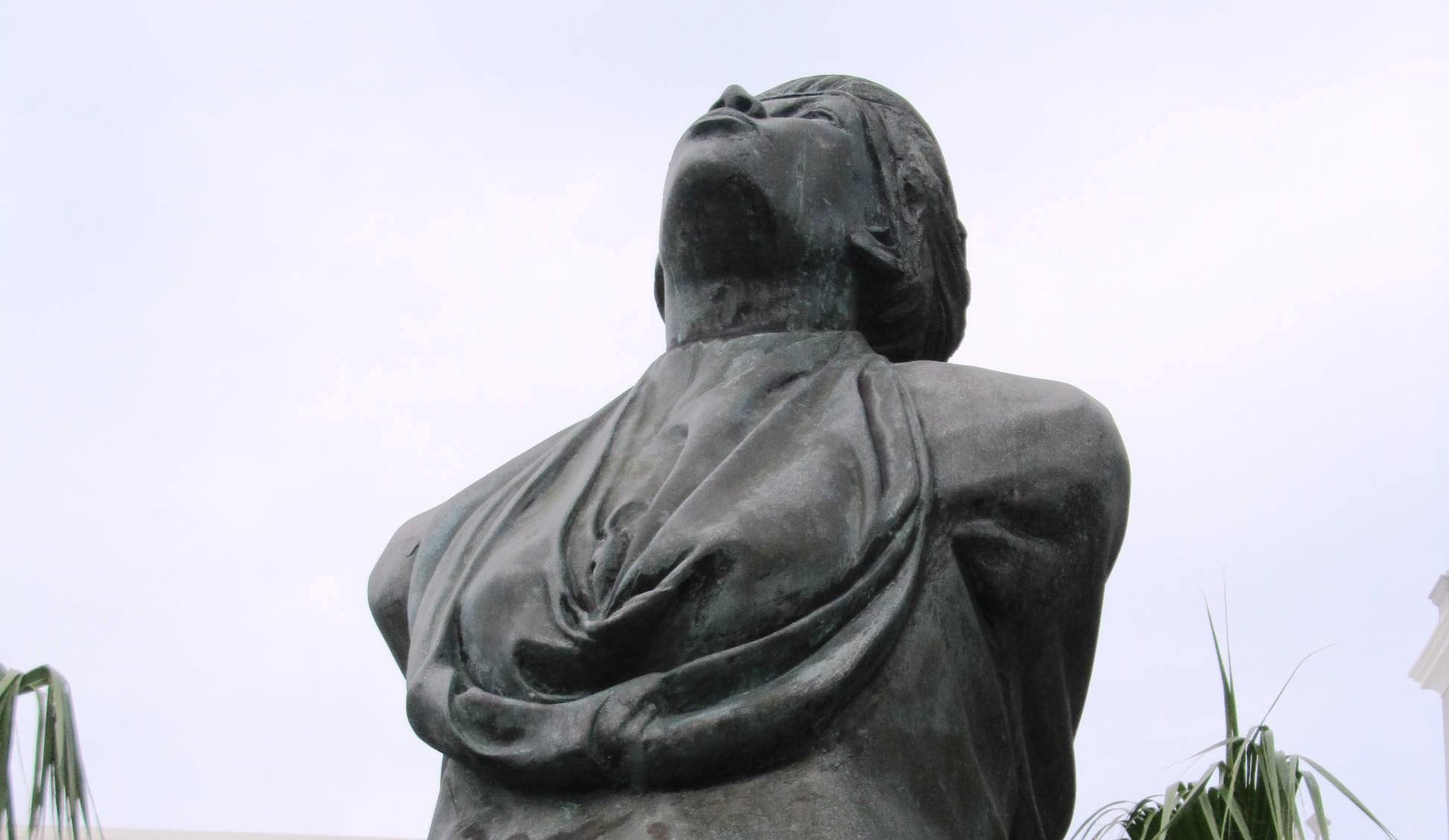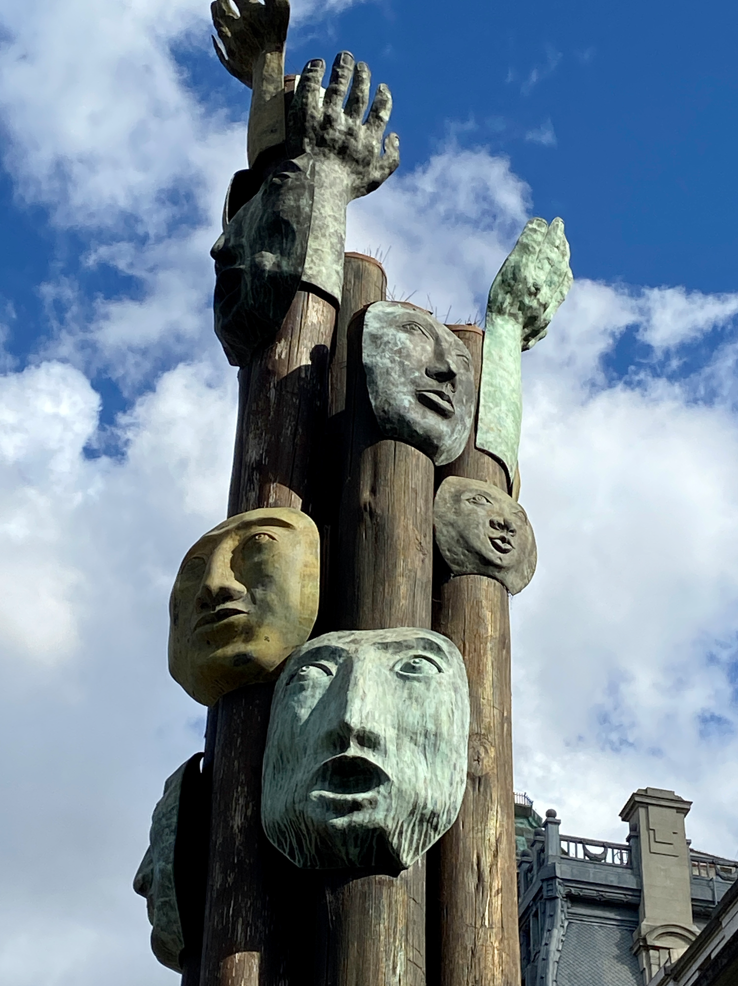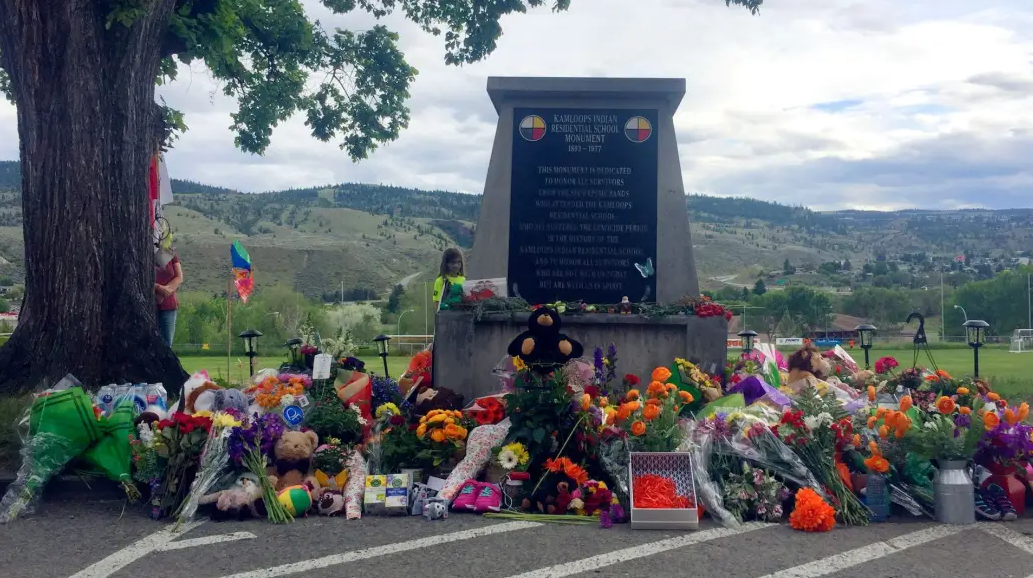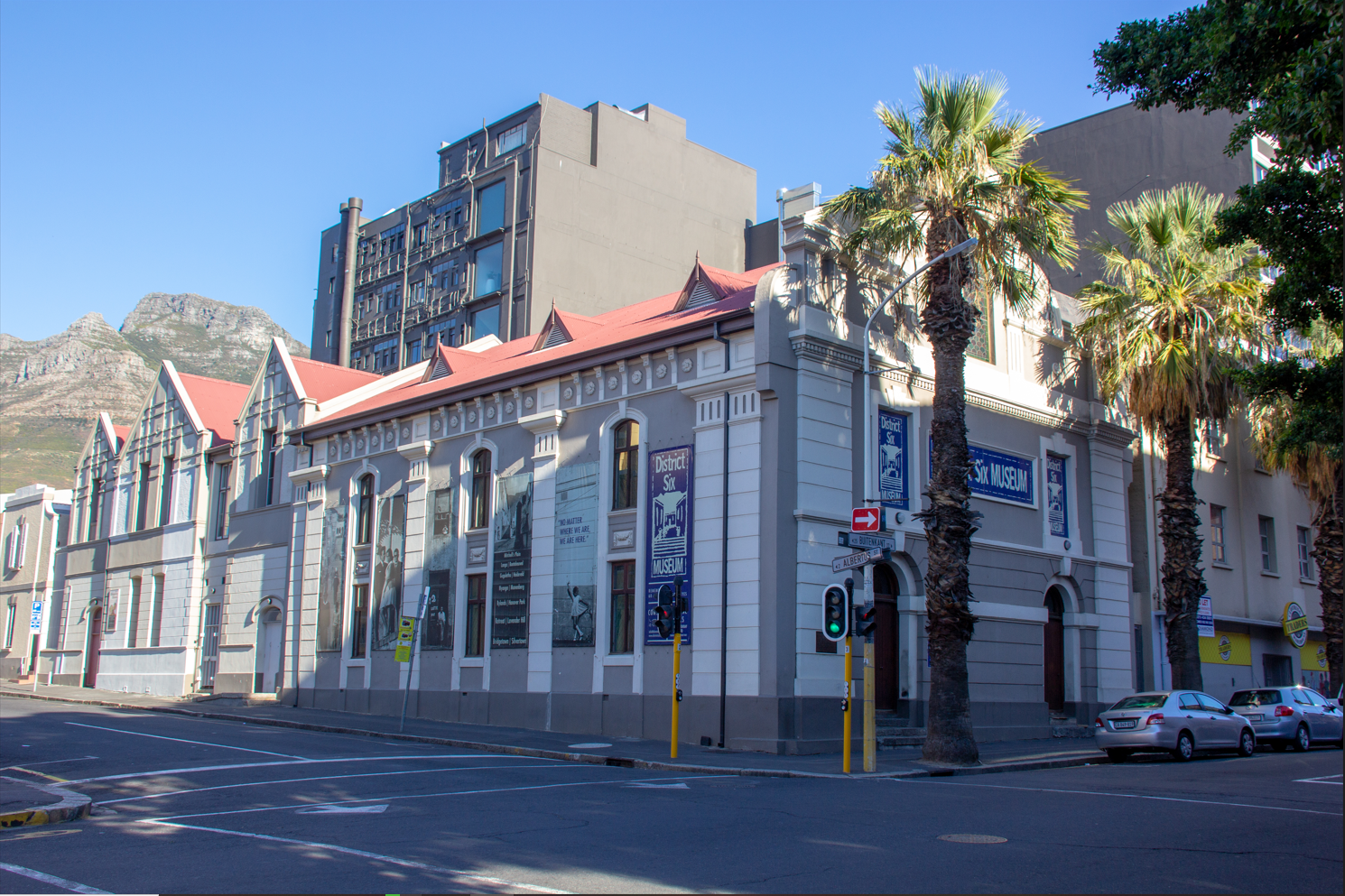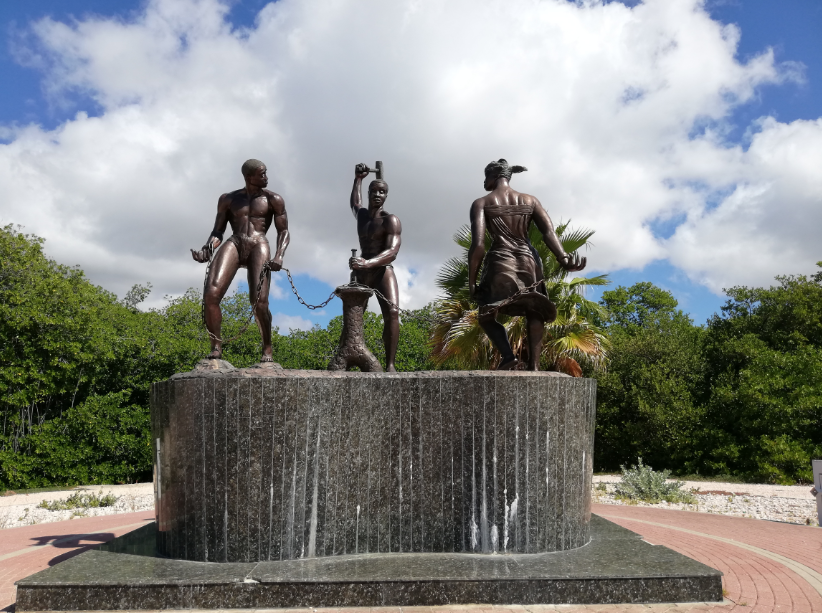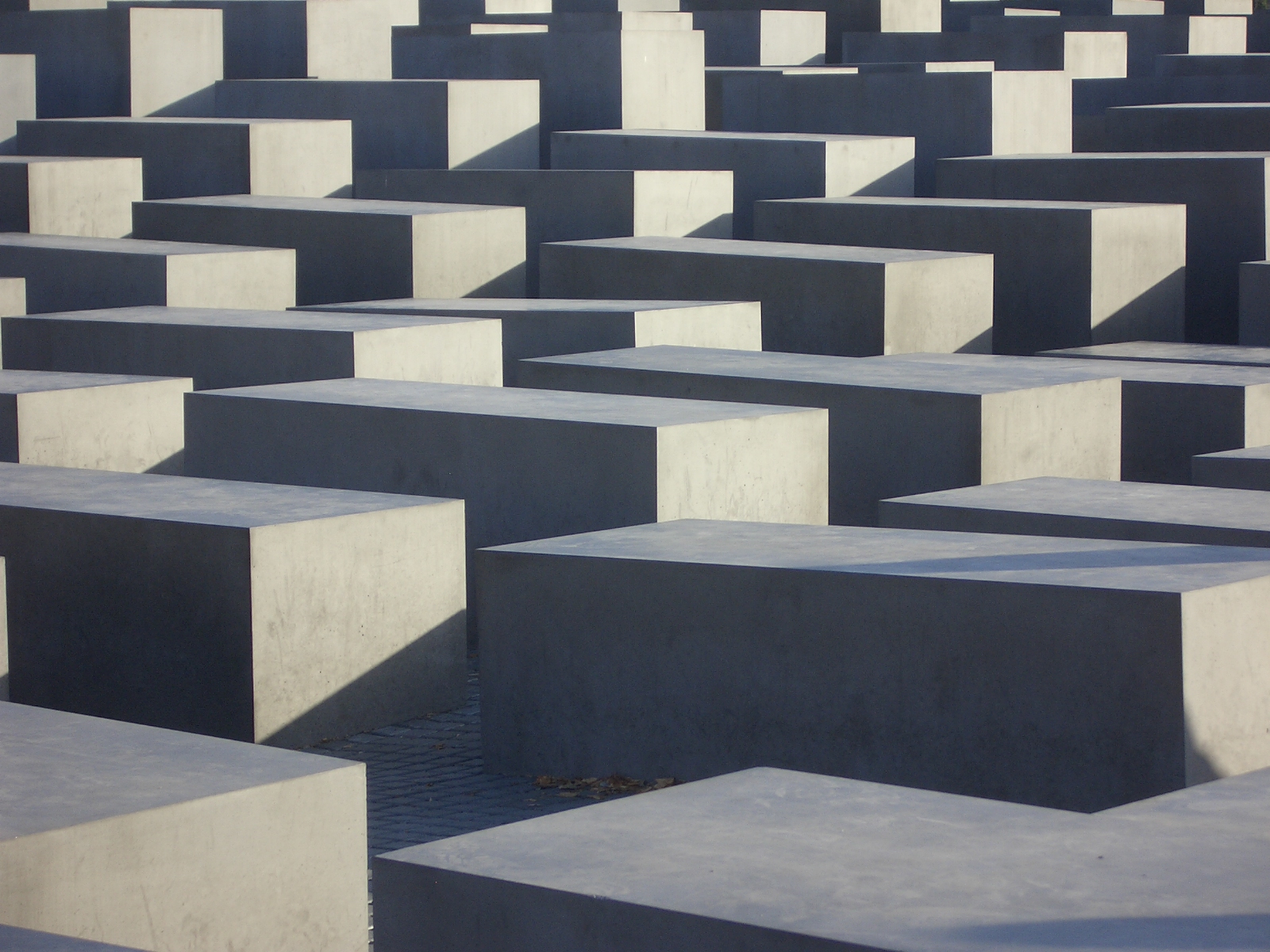Tlatelolco Stele
Monument
Theme: Political persecution

Address
Plaza de las Tres Culturas
Country
Mexico
City
Mexico City
Continent
America
Theme: Political persecution
Purpose of Memory
To commemorate the victims of the Tlatelolco massacre, on October 2, 1968.
Institutional Designation
Tlatelolco Stele
Date of creation / identification / declaration
1993
Public Access
Free

Location description
The Tlatelolco Stele is a stone that has the names of the victims of the 1968 Tlatelolco massacre. It is located in Plaza de las Tres Culturas, space composed by architectural sets that come from three historical stages of Mexico: Mesoamerican culture, Spanish culture and modern Mexico culture. In this site, the Church of Santiago Tlatelolco, the Chihuahua building, the 15 de Septiembre building, the archeological zone and the Centro Cultural Universitario Tlatelolco share the same location.
The square was the stage of two of the most painful chapters in the history of Mexico City: the killing of students in 1968 and the earthquake of 1985. On October 2 (day of the massacre) and on November 2 (Day of the Dead) homage is paid to the murdered students.
In the context of the student riots that took place together with social protests worldwide in 1968 with a criticism aimed at the consumption society and capitalism, in July of that year a student movement was born in Mexico at the Instituto Politécnico Nacional (IPN). Between July and October a series of protests were held, some of them with almost 250,000 people who were systematically controlled by security forces. The Ciudad Universitaria campus of Universidad Nacional Autónoma de México (UNAM) and IPN were intervened.
On October 2, almost 10,000 people gathered in Plaza de las Tres Culturas to protest against the Government actions. Control by the army and the paramilitary group Batallón Olimpia left tens of dead and a lot more of injured people.
In 2018, the Executive Commission of Support for Victims (CEAV) admitted that the participation of the Government in the events that happened fifty years ago was a violation of human rights and a crime of the State for having resorted to snipers who shot “to create chaos, terror and an official narrative to criminalize the protest”, for the arbitrary detentions and tortures after the killing. The CEAV established that victims will be able to access to a remedy including digitalization of the information on the events that happened in social movements and the creation of a new memorial.
In 1988, twenty years after the repression against the students in Tlatelolco square in Mexico City, leaders of the National Strike Council, chartered student leadership entity created by members of schools in strike during the student movement in 1968, proposed the construction of a memorial to the victims of the October 2 repression. That year, a committee was formed to decide on whether this would be done and an international contest was convened.
A group of artists whose work was called “La Grieta” (The Crack) won the contest. Finally, it was dismissed because of the high costs. Facing this impossibility, Álvarez Garín, one of the leaders of the students’ movement of 1968, proposed to place a bronze plate near the Santiago Tlatelolco church.
Since Plaza de las Tres Culturas is a protected heritage area, the proposal had to be approved by the Institute of Anthropology and History. The project was performed in Avant Garde Studio and some pigeons created by the artist Jesús Martínez in 1968 were included. The plate read as follows: “For the comrades killed on October 2 in this square” and after that, the names of twenty students and people who were proven to have died due to the repression forces, followed by the phrase “… and many other comrades whose names and ages we still do not know”. Finally, a fragment of the poem “Memorial de Tlatelolco”, by Rosario Castellanos, was placed.
After 25 years of the events of 1968, the unveiling of Estela de Tlatelolco took place on October 2, 1993, with thousands of people claiming that “October 2 shall not be forgotten”, tagline used to this date. From that day, the Stele is a space where members of the Committee 68 meet, and Plaza de las Tres Culturas was turned into an alternative space of political memory, apart from the Zócalo and the Monument to Independence known as “El Ángel”. This is not only seen as an exclusive space of criticism to state repressive forces but also a place to fight for democracy and human rights.
In November 2011, the federal Legislative Power of Mexico declared October 2 as a national day of mourning. Also, there was a proposal to register such date in the honor wall of the House of Representatives in honor to the “martyrs of democracy”.
Every October 2 and every Day of the Dead, the Stele is a place of gathering to pay homage to the people killed in 1968. In 2019, marches and activities were held in several cities of Mexico, and the Ciudad Universitaria campus of Universidad Nacional Autónoma de México and Instituto Politécnico Nacional joined with a cessation of 48 hours of activities to attend the Sessions in Memory of Tlatelolco.






